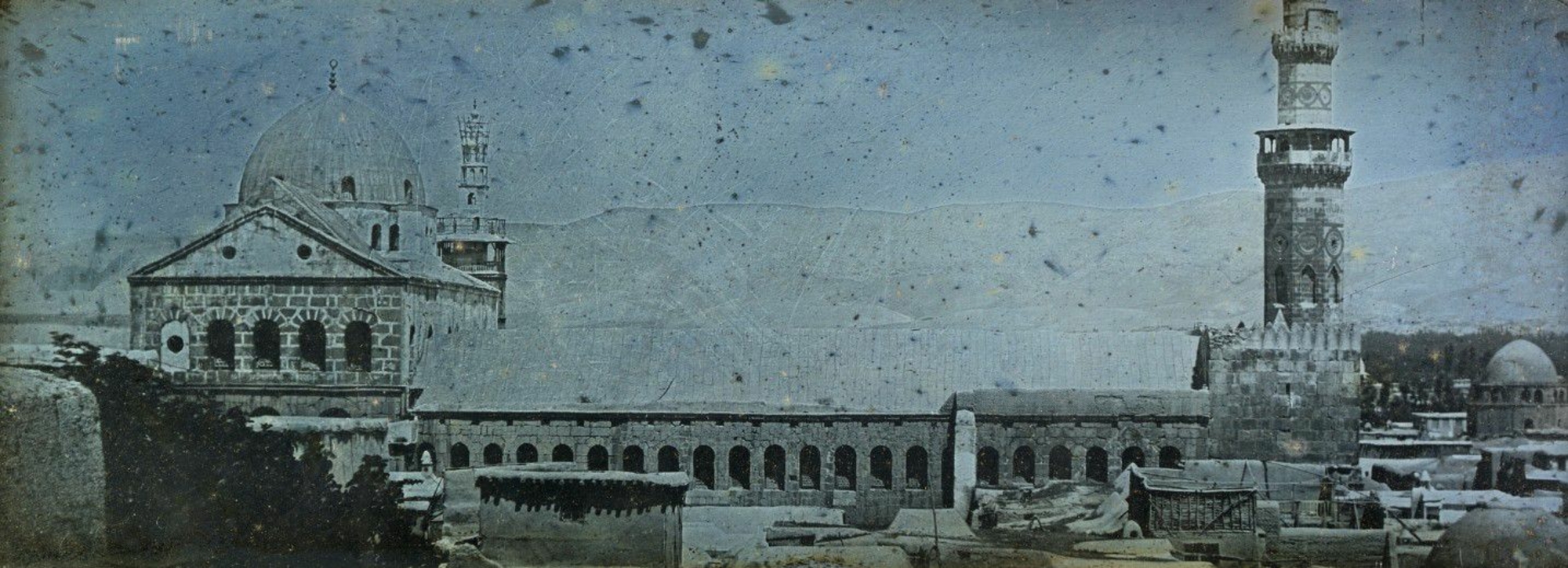
- Home
- Explore the site
- A mosque at the heart of the city
- The mark of a new authority
A minority religion
In the 7th century, the Islamic empire was ruled by its Arab Muslim conquerors. They settled in the conquered cities and regions with their families but were still very much in a minority. They respected the religious diversity of these territories, where a specific legal status was attributed to non-Muslims (the dhimma). This ensured their security and autonomy while setting out their responsibilities. There was no attempt at forced conversion, and in the period running up to the construction of the building of the Umayyad great mosque in Damascus, Islam was still a minority religion in the city, although the local population converted at a rapid rate. The Middle East and Egypt only became predominantly Muslim around the 13th to 14th centuries.
A proclamation in stone
At the time of the conquest, Damascus had many elaborately decorated churches, such as the one dedicated to St John the Baptist on the esplanade of the ancient temple. By comparison, the first oratory built for Muslims within the walls of the same temple - a hypostyle prayer hall resting on columns of reused marble - was very simple and, as the Muslim population of the city grew, it was extended along the temple wall.
When the caliph al-Walid I came to supreme power in 705, there was no prestigious monument proclaiming the existence of Islam in the capital city. In fact, it was essential to show the prestige of the dynasty and Islam, and the vast sums invested in its construction underscore its symbolic importance. The Umayyad mosque in Damascus, which stands out clearly on the city skyline with its dome and high minaret, proclaimed the new faith that governed the region, symbolically asserting its grip over the territory.

